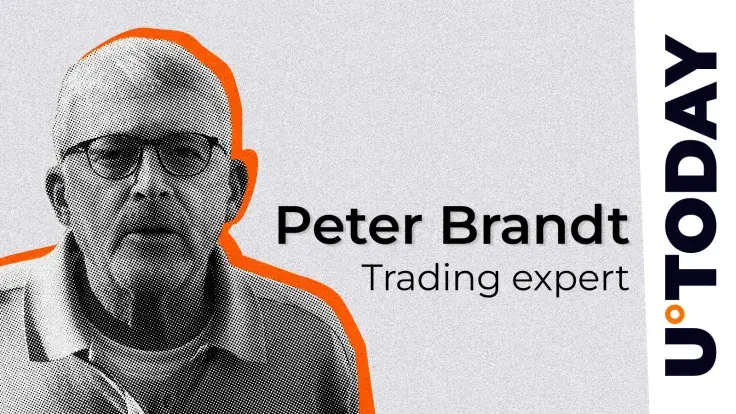
Peter Brandt, an almost legendary figure in trading, recently shared his thoughts on the role of different types of cryptocurrencies. He drew attention to utility tokens like XRP, XLM and Cardano (ADA), highlighting their focus on functionality rather than speculation.
According to Brandt, these tokens are designed to serve specific purposes within blockchain systems and are not intended to generate massive returns. Interestingly, such an opinion was expressed by Brandt amid the great performance by these exact tokens in recent weeks, when all of them showed returns worth hundreds of percent.
However, for traders looking for big gains, Brandt suggests zero-sum futures markets as a better fit. These markets thrive on speculation and competition, unlike utility tokens, which are built to drive efficiency and comply with frameworks like ISO 20022.
Utility tokens like XRP and XLM support cross-border payments and liquidity, forming the backbone of new digital financial systems. ADA, on the other hand, powers Cardano, a blockchain platform centered on scalability and security. Brandt’s view is straightforward: any price increase in these tokens is a byproduct of their use, not their goal.
Meme coins are a different story, too. Their value relies on hype and market sentiment, often fueled by social media. Without a real use case, they are prone to wild price swings, attracting short-term traders rather than long-term adoption. Brandt’s take highlights the contrast: meme coins are speculative plays, while utility tokens serve practical roles in blockchain ecosystems.
Utility tokens are increasingly tied to major institutions and governments. Companies like PayPal and MoneyGram integrate these tokens to streamline financial services, showcasing their growing importance.
Even so, Brandt stresses the need to keep expectations grounded. These tokens are tools - meant to function, not to promise unchecked market growth.


 Caroline Amosun
Caroline Amosun Alex Dovbnya
Alex Dovbnya Dan Burgin
Dan Burgin Denys Serhiichuk
Denys Serhiichuk